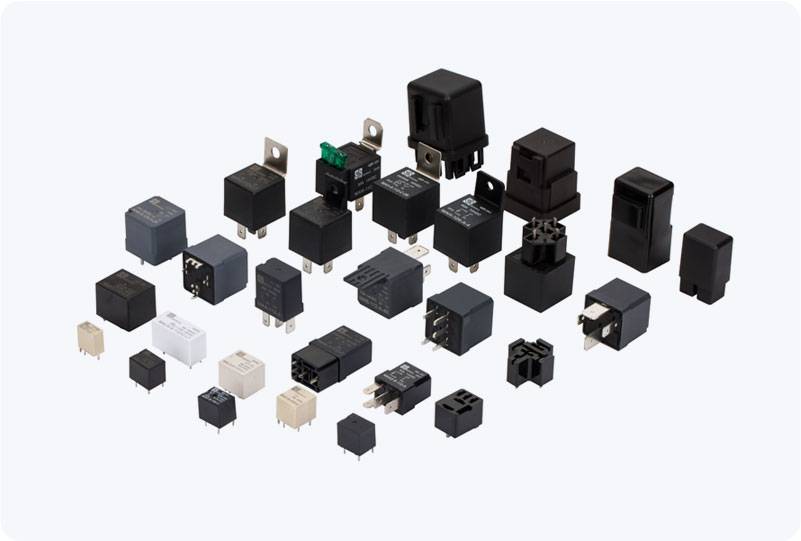A 24VDC Power Relay is an essential electrical component used to control and switch electrical circuits in various applications. This type of relay operates with a 24-volt direct current (DC) voltage to activate or deactivate electrical devices and systems. The reliability, efficiency, and versatility of 24VDC power relays make them indispensable in industrial automation, electrical control systems, and protection circuits. This article explores the working principle, applications, and key advantages of 24VDC Power Relays.

Working Principle of 24VDC Power Relays The core function of a 24VDC power relay is to act as an electrically operated switch. The relay consists of several key components: Coil: The coil is the primary component of the relay. When a 24VDC signal is applied to the coil, it creates a magnetic field that moves the relay’s armature. Armature and Contacts: The armature is a movable part that shifts when the magnetic field is generated. This movement causes the contacts (usually NO – Normally Open, or NC – Normally Closed) to change their state. The contacts are responsible for opening or closing the circuit, thus controlling the flow of current to the load.